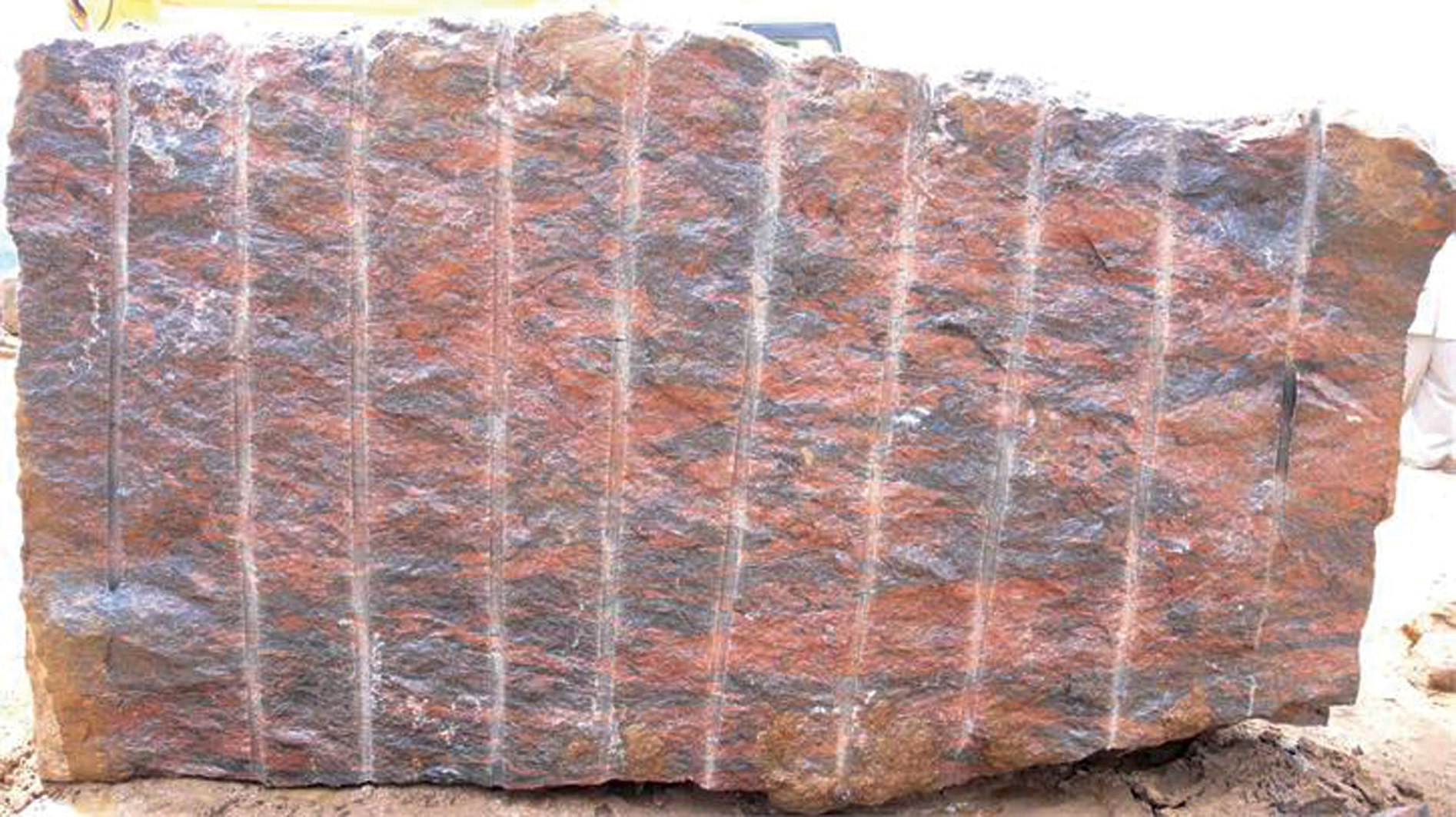Unveiling the Mysteries of Granite Quarrying: Where Stamina and Elegance Meet
The world of granite quarrying is a world where the raw strength of nature assembles with human creativity to develop structures that stand the test of time with an air of sophistication. From the midsts of quarries to the precise sprucing up in workshops, the procedure of transforming granite into building wonders is a complex dance of custom and advancement. As we peer right into the depths of this ancient craft, we begin to discover the surprise intricacies that shape the extremely significance of our constructed setting.
The Beginnings of Granite Quarrying
In the annals of architectural history, the origins of granite quarrying are shrouded in a tapestry of ancient workmanship and geological wonders. Going back to old Egypt and Mesopotamia, the removal of granite from quarries noted the beginning of a journey that would eventually result in the development of several of the globe's most legendary frameworks.
Granite quarrying's roots can be traced to the proficient craftsmens that recognized the rock's durability and aesthetic appeal. Through a combination of primitive tools and large determination, these early quarry employees unearthed granite blocks that would become the structure blocks of civilizations.
As civilizations evolved, so did the strategies of quarrying granite. The Romans, renowned for their design expertise, established sophisticated techniques for drawing out granite to construct monuments, holy places, and roadways that stood the test of time.
The legacy of these ancient quarrying practices proceeds to form contemporary design, with granite remaining a symbol of toughness and style in building and construction jobs around the globe. (granite quarries in south africa)
Tools of the Quarrying Profession
The development of granite quarrying methods from ancient worlds to contemporary times highlights the crucial duty played by the tools of the quarrying trade in shaping the industry's practices. In old times, quarrying devices were simple, usually being composed of chisels, hammers, and wedges made from materials like bronze or iron. These devices needed considerable workforce and time to remove granite blocks from quarries.

In addition, the introduction of pneumatic tools and high-powered machinery has considerably decreased the physical labor required in quarrying operations, enhancing worker safety and productivity. As the quarrying industry remains to introduce, the tools of the trade stay at the forefront of driving progression and forming the future of granite extraction.
Extracting Blocks of Granite
Using accuracy machinery and advanced methods, the removal of granite obstructs from quarries has become an here advanced procedure in the modern-day quarrying sector. Regulated blasting strategies are then utilized to break apart the granite into convenient sections.

Polishing and Ending Up Techniques
To attain a flawless surface area on granite blocks, competent craftsmens utilize a series of careful sprucing up and finishing techniques. After the preliminary extraction and forming procedures, the granite obstructs undergo a detailed sprucing up stage to boost their natural charm and toughness. One usual method utilized in brightening granite is diamond abrasion, where industrial diamonds are used to grind and brighten the stone to a smooth surface. This process not only develops a lustrous surface area yet additionally makes sure uniformity in shade and texture across the granite block.
In enhancement to sprucing up, completing strategies are applied to additional refine the granite's look. By meticulously choosing and using these polishing and completing techniques, artisans can transform raw granite blocks into charming items Discover More that showcase both toughness and style.

Ecological Influence and Sustainability
With the growing emphasis on ecological awareness in the market, granite quarrying techniques are significantly scrutinized for their impact on all-natural resources and long-term sustainability. In addition, the transport of granite from quarries to refining centers generates carbon discharges, even more contributing to environmental destruction.
To minimize these influences and make sure sustainability in granite quarrying, industry stakeholders are embracing numerous steps. Carrying out sophisticated modern technologies to decrease energy usage and water usage, redeeming quarried land for eco-friendly reconstruction, and advertising responsible sourcing methods are some techniques being used. Certifications such as the Forest Stewardship Council (FSC) and the Leadership in Energy and Environmental Style (LEED) aid consumers determine ecologically pleasant granite items.
Conclusion
Finally, granite quarrying is a procedure that calls for specialized devices and strategies to remove blocks of granite and polish them to a high degree of finish. While the environmental effect of quarrying can be significant, initiatives are being made read review to boost sustainability techniques in the sector. Generally, granite quarrying is a fragile balance between using the stamina and elegance of this all-natural stone while lessening its influence on the environment.